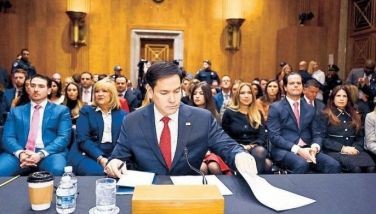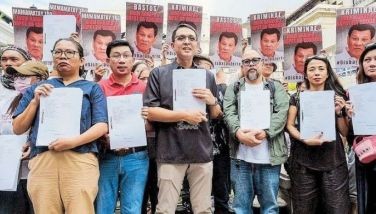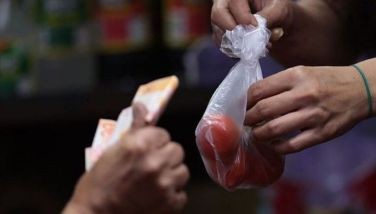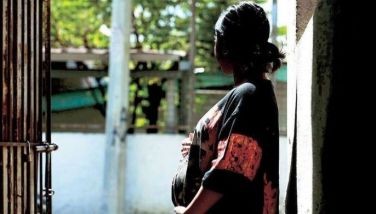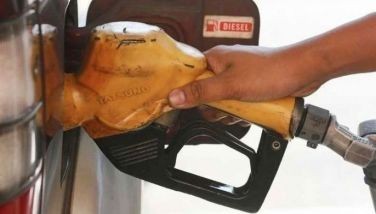Self-rated hunger nearly doubles in 2024 – SWS
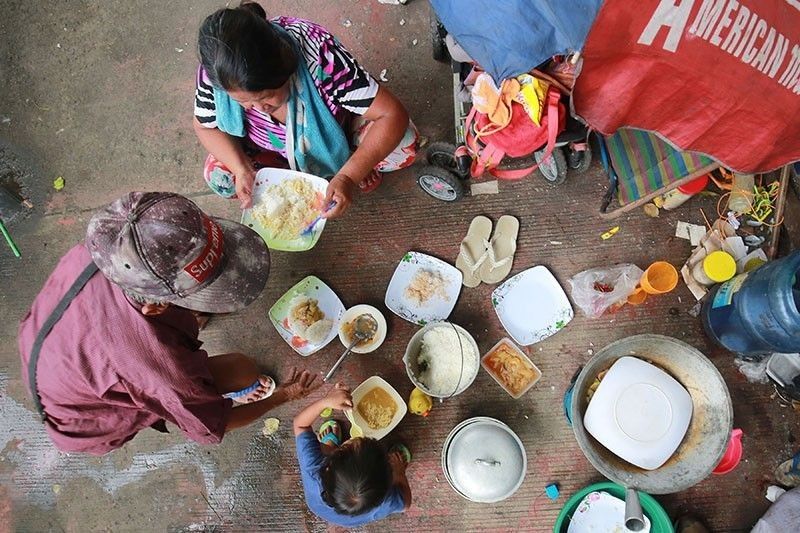
MANILA, Philippines — The percentage of Filipino families that experienced involuntary hunger last year almost matched the figure at the height of the COVID-19 pandemic in 2020, survey data from Social Weather Stations (SWS) showed.
The fourth quarter survey, conducted from Dec. 12 to 18, found that 25.9 percent of Filipino families experienced involuntary hunger – being hungry and not having anything to eat – at least once in the past three months.
It was up three points from the 22.9 percent obtained in a similar survey in September 2024. It was also the highest since the record high 30.7 percent during the COVID-19 lockdowns in September 2020.
In 2024, the annual average hunger rate was 20.2 percent, which the SWS said was nearly double the annual average of 10.7 percent in 2023.
It was less than a point below the record high annual average of 21.1 percent in 2020.
Based on the poll, the December 2024 hunger rate comprised 18.7 percent of respondents who said their families experienced moderate hunger (from 16.8 percent in September) and 7.2 percent who experienced severe hunger (from 6.1 percent).
Moderate hunger is defined as one experienced “only once” or “a few times” in the last three months, while severe hunger refers to one experienced “often” or “always” in the last three months.
Across areas, involuntary hunger remained the highest among those in Mindanao at 30.3 percent (from 30.7 percent), followed by those in balance Luzon at 25.3 percent (from 18.1 percent), the Visayas at 24.4 percent (from 26 percent) and Metro Manila at 22.2 percent (from 21.7 percent).
Last year’s annual average across areas significantly increased compared to 2023, particularly in Mindanao (from 9.2 percent to 21.4 percent) and the Visayas (from 8.8 percent to 19.8 percent).
SWS said self-rated hunger increased among both poor and non-poor families. It went up from 29.3 percent to 31.5 percent among poor families, and increased from 13.8 percent to 16.3 percent among non-poor respondents.
The survey had 2,160 respondents and a margin of error of plus/minus two percent.
- Latest
- Trending
















